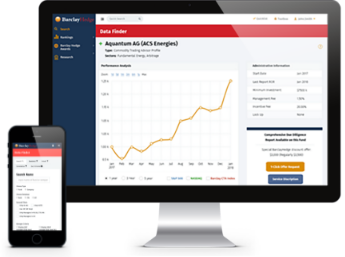Distressed securities may be an attractive investment option for sophisticated investors who are looking for a bargain and are willing to accept some risk.
Distressed securities are securities; most often corporate bonds, bank debt and trade claims, but occasionally common and preferred stock as well, of companies that are in some sort of distress. Typically, that means heading toward or in bankruptcy.
When a company is unable to meet its financial obligations, its debt securities may be substantially reduced in value. When does “reduced in value” become “distressed”? Typically, a company’s debt is considered distressed when its yield to maturity (which is its anticipated rate of return if it is held to maturity) is more than 1000 basis points above the risk-free rate of return (which is the return of a “risk-free” asset such as U.S. Treasuries). A security is also often considered distressed if it is rated CCC or below by one or more of the major debt-rating agencies, which include Standard & Poors, Moodys and Fitch.
When a company becomes distressed, the investors holding its securities often react to the possibility of bankruptcy by selling those securities at a reduced price. Because their price is reduced, distressed securities are attractive to investors who are looking for a bargain. Typically, these investors think the company that issued the distressed securities is not in as difficult a position as the market believes. The company may not enter bankruptcy at all. It may enter Chapter 7 bankruptcy (which involves shutting its doors), but upon liquidation, have enough money to pay its debt holders. Or, it may enter Chapter 11 bankruptcy (which lets the company continue operating while working out a plan for reorganization with a committee of major creditors) and successfully reorganize. In all of these cases, the value of the company’s distressed securities may increase, allowing investors holding those securities to profit.
Investors in distressed securities must be willing to accept significant risk, however. Most distressed securities are issued by companies that end up filing for bankruptcy. When this happens, some distressed securities are rendered worthless. For example, when a company goes bankrupt, its common stock has no value (which is why many investors limit their investments to more senior distressed securities, such as corporate bonds, bank debt and trade claims). As a result, investors in distressed securities must have the knowledge and skill to accurately assess whether the issuer (the company in distress) can improve its operations and successfully reorganize—and if so, which of its securities will benefit.
Because of the risks involved, large institutional investors—such as hedge funds, private equity firms and investment banks—are the major buyers of distressed securities.
Often, these investors—alone or in conjunction with other distressed investors—will try to influence the process by which the issuing company reorganizes. Sometimes, the investors will inject new capital into the company in exchange for, say, equity.
In summary, then, while a company teetering on the edge of bankruptcy may not sound like a great investment opportunity, it could be—for sophisticated investors who understand investing in distressed securities and are willing to accept the risks.
Get comprehensive and up-to-date information on 6100 + Hedge Funds, Funds of Funds, and CTAs in the Barclay Global Hedge Fund Database.


